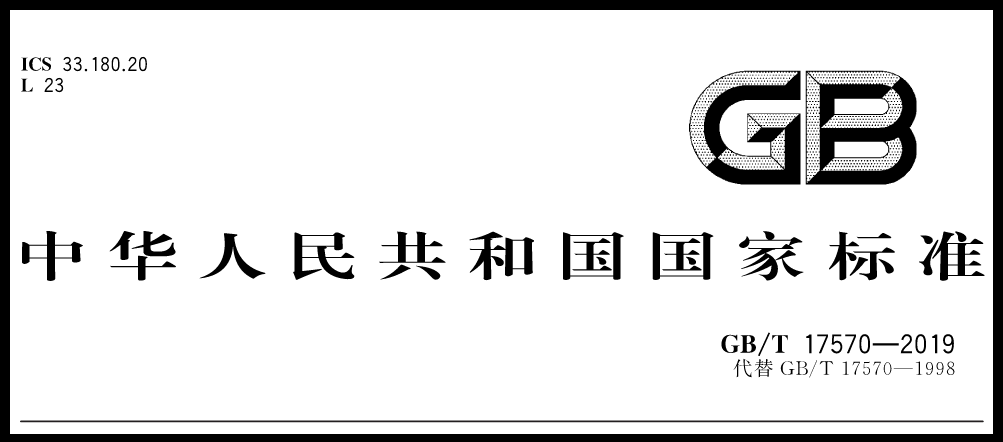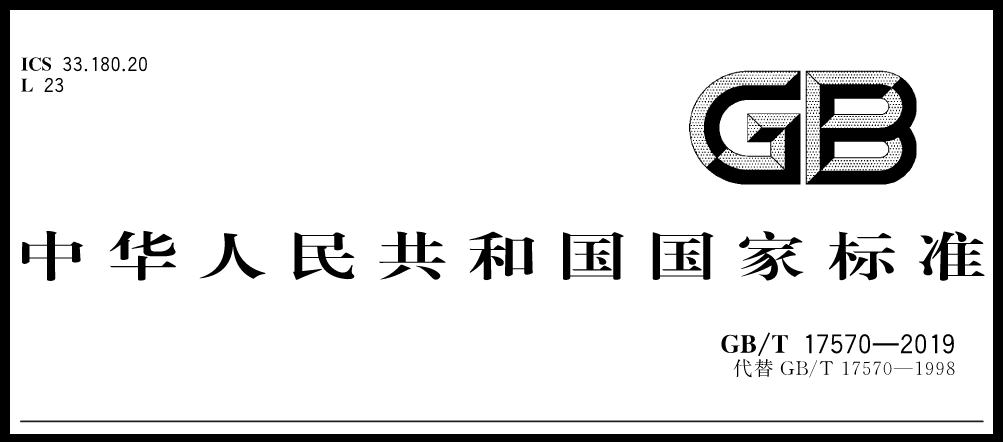 +86 4008836695 (24 hours service)
+86 4008836695 (24 hours service)
 +86 4008836695 (24 hours service)
+86 4008836695 (24 hours service)
Release date 2023-03-15Source: JILONG
On December 4, 2013, the Ministry of Industry and Information Technology officially issued 4G licenses to the three major operators, which means that my country has officially entered the era of 4G commercial use. At the same time, the domestic "Broadband China" plan is also being vigorously promoted. The market is showing blowout growth, and the optical fiber fusion splicer is an irreplaceable splicing tool for optical cable construction and maintenance, which undoubtedly drives the market demand for optical fiber fusion splicers. However, there are many brands of domestic fusion splicers on the market, and the specifications used by various brand manufacturers are quite different, and the prices of products of the same grade vary greatly... For a time, the market was "chaotic", which led to the continuous decline in the market share of domestic fusion splicers, and made the imported fusion splicer brands And occupied the market initiative. In such a severe situation, domestic fusion splicer manufacturers and end users are eager to have a unified standard for the introduction of optical fiber fusion splicer specifications, so as to "rectify" the domestic fusion splicer market in a timely and effective manner. And this also laid the groundwork for Jilong Communication's initiative to draft the "New National Standard for Optical Fiber Fusion Splicers".
When it comes to "national standard regulations for optical fiber fusion splicers", it has to be traced back to the 1990s.
In the early 1990s, the domestic optical fiber fusion splicer market was monopolized by foreign brands, and the price of fusion splicers was more than 300,000 yuan. At that time, domestic fusion splicers were almost "blank". It was not until 1993 that Nanjing Jilong Optical Fiber Communication Co., Ltd. (hereinafter referred to as Jilong Communication), the predecessor of Kelong Company, launched the domestic optical fiber fusion splicer KL-100 with independent intellectual property rights, which ended the monopoly of imported fusion splicer brands on the domestic market.
In 1996, Jilong Communication was established, which further opened the door to independent research and development of domestic fusion splicers. At the end of 1997, in order to standardize the requirements, test methods, and detection rules of optical fiber fusion splicers, the Ministry of Electronics Industry proposed that the 41st Research Institute of the Ministry of Electronics Industry drafted "GB/T 17570-1998 General Specifications for Optical Fiber Fusion Splicers" (hereinafter Abbreviation: old national standard for optical fiber fusion splicer), the old national standard for optical fiber fusion splicer was released in November 1998 and implemented in June 1999, which also pointed out the direction for the development of domestic fusion splicers in the next period.

After developing into the 21st century, domestic brands of fusion splicing machines have sprung up like mushrooms after rain. We not only started to be self-sufficient, but also started to go overseas. Especially after the 2008 Beijing Olympic Games, "China" shocked the world overnight, and "Made in China" became A beautiful business card, since then overseas orders for domestically produced fusion splicers have doubled.
The time came to 2010, and the annual sales of Jilong fusion splicers exceeded 5,000 units. Not only that, Jilong continued to invest in product research and development, and the handheld, trunk, and miniaturized multi-series fusion splicers began to be launched. Jilong Communication vowed to make domestic fusion splicers comparable to imported ones. brand; at that time, Jilong products were once comparable to Fujikura in Japan. In 2015, Jilong became the first listed company in the field of domestic fusion splicing machines, and it has grown into a vane for the development of domestic fusion splicing machines. At this point, the "Old National Standard for Optical Fiber Fusion Splicers" drafted in 1998 is obviously not applicable to the present, and this is where the series of things mentioned at the beginning happened.
As the "big brother" of the industry, and in order to help promote the development of domestic fusion splicers, Jilong Communications took the lead in proposing to draft new specifications for optical fiber fusion splicers, and invited the 41st Research Institute of China Electronics Technology Group Corporation (referred to as: CLP 41 Institute) ) to jointly promote the implementation of this measure. CLP 41 is the only professional electronic measuring instrument research institute in my country's national defense science and technology industry system. This cooperation can be described as a strong alliance.
After the unremitting efforts of both parties, "GB/T 17570-2019 General Specifications for Optical Fiber Fusion Splicers" (hereinafter referred to as: New National Standard for Optical Fiber Fusion Splicers) was drafted and handed over to the State Administration for Market Regulation and the Standardization Administration of China in August 2019 It was officially released in March to replace the old national standards of "GB/T 17570-1998". The new national standard for optical fiber fusion splicers will be implemented in March 2020, which also means that the "new era" of domestic fusion splicers is coming, and it will soon take Get on the express train of the 5G era.

The new national standard for fiber optic fusion splicers is firstly more complete in scope, "This standard specifies the terms and definitions, product classifications, requirements, test methods, quality inspection rules and signs, packaging, transportation, and storage requirements for fiber optic fusion splicers. This standard applies to Optical fiber fusion splicer (hereinafter referred to as fusion splicer) for quartz glass optical fiber fusion.” The new national standard of optical fiber fusion splicer can also be described as a new upgrade in the normative reference documents.
In the new national standard for optical fiber fusion splicers, the definitions of terms such as "multimode optical fiber, standard single-mode optical fiber, dispersion-shifted optical fiber, bend-insensitive optical fiber, special optical fiber, ribbon optical fiber, return loss, tensile test, and end face angle" have been improved. Or supplement; the classification of optical fiber fusion splicers in the new national standard is also more clear, divided into "ordinary optical fiber fusion splicer, ribbon optical fiber fusion splicer, special optical fiber fusion splicer".
The new national standard is also more perfect in the description of the function and performance of the fusion splicer. It is clearly stipulated in the fusion splicing, heating, parameter setting and other functions. , Electrode life, number of working cycles, packaging and transportation, power supply adaptability" and other regulations are more detailed. The new national standard clearly stipulates the function and performance of fusion splicers, which also means that it has a certain positive impact on the development of domestic fusion splicers.
The new national standard for optical fiber fusion splicers also makes detailed specifications for test methods, quality inspection rules, signs, packaging, transportation, and storage. For example, the requirements for the test equipment in the test method are very clear, as shown in the figure below:

For example, the commonly used test methods for splicing quality and splicing loss include shearing method and backscattering method (OTDR method). When there is any disagreement between the two test methods, the measurement result of the shearing method shall prevail.

The optical signal is transmitted in the optical fiber, and when it passes through the splicing point, part of the light will be reflected back along the original path, and the other part of the light will be transmitted. This is where the return loss test comes in, using the optical continuous wave reflectance method (OCWR method), which is a holistic test method that measures only the sum of reflected light in the optical path. It compares the reflected light power of the standard reflector with known reflectance with the reflected light power of the tested piece to accurately measure the optical return loss value of the tested piece. The test schematic diagram is shown in the figure below:

The new national standard for optical fiber fusion splicers is more comprehensive and detailed in the quality inspection items, as shown in the following figure (only part):

As a precision instrument, the optical fiber fusion splicer is easy to cause accidental damage during transportation and carrying. Therefore, the new national standard also specifies these, such as "the applicable transportation means or transportation requirements shall be specified in the product standard of the fusion splicer. Handle with care during the process, strictly prohibit rain, sunshine and throwing, and avoid putting it upside down and sideways." In order to fully protect the fusion splicer and prolong its battery life, the new national standard also points out that "the storage period exceeds 6 months. Take out the fusion splicer from the packaging box, put it into the packaging box and put it back into the warehouse after the power-on review is qualified. When the battery is stored for a long time, fully charge the battery every 6 months.” This series of regulations is not only for the fusion splicer manufacturer , end users, and "light up" the way forward for the development of the entire industry.
Up to now, the new national standard for optical fiber fusion splicers has been implemented for nearly a year and a half, and it has achieved great results. It has not only become the "code of conduct" for various brand manufacturers, but also has great benefits for the development of domestic fusion splicers, greatly promoting domestic The development of fusion splicing technology has also made positive contributions to the construction of domestic 4G and 5G networks and the development of the global optical communication industry. The cooperation between Jilong Telecom and CLP 41 Institute can be described as a win-win situation for both parties, which not only enables them to have close communication and exchanges in product research and development, but also has far-reaching significance for their respective corporate strategic development.